Sensor Development
Six Sigma methodologies are followed for this type of project as it is more research than development. IDOV: Identify, Design, Optimize, Verify– identify the most important aspects, design mini experiments or prototypes to further refine the models, optimize solutions using the models and verify in the lab.Field test early, even with prototype models, to flush out unforeseen issues and opportunities
Identify the sources of drift and eliminate or develop strategies to deal with them. Attack this issue early. It’s better to fail early than to wait till late in the development effort. Most projects follow a parallel development effort, science, engineering, marketing, product packaging, etc. Put the science first, perhaps in parallel with marketing's CTC’s (critical to customer).
Repeatability:
While in the modeling stage, be sure to focus on variation, even more so than sensitivity, “The gold is in the s-hat” (lowest standard deviation). This is the first important milestone in sensor development, getting a reliable, repeatable signal.
Device to Device Variation:
This is where the real money is made. Low cost manufacturing methods for a high value sensor. The barrier to entry is high for new competitors.
Treat manufacturing processes as trade secrets. Having a very repeatable sensor in manufacturing greatly reduces calibration labor, further improving the profit margin or achieving the market opportunity.















